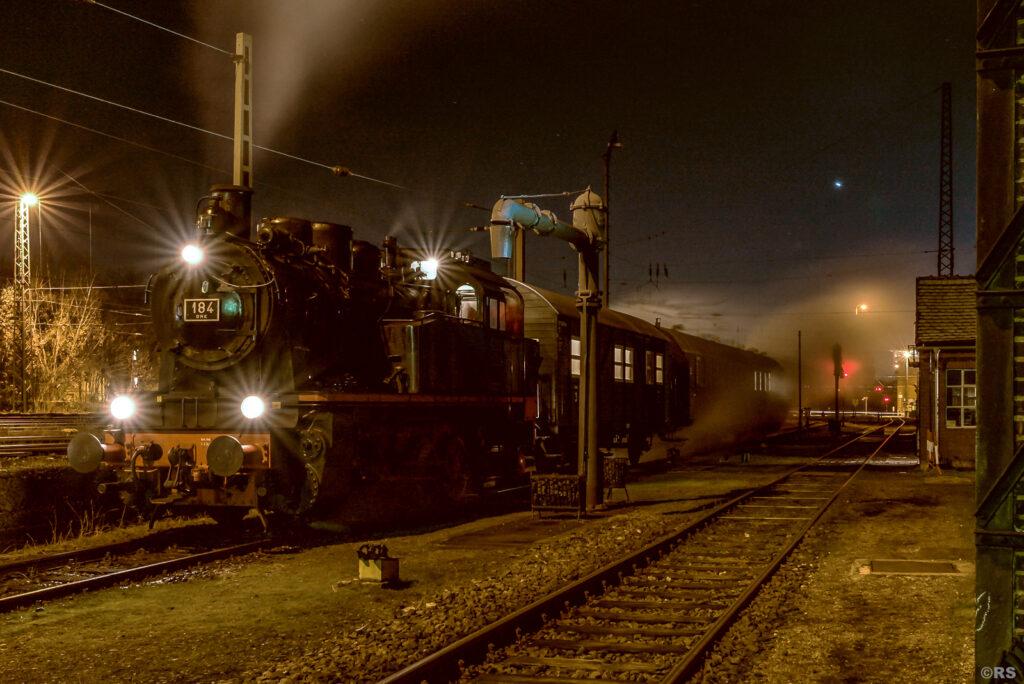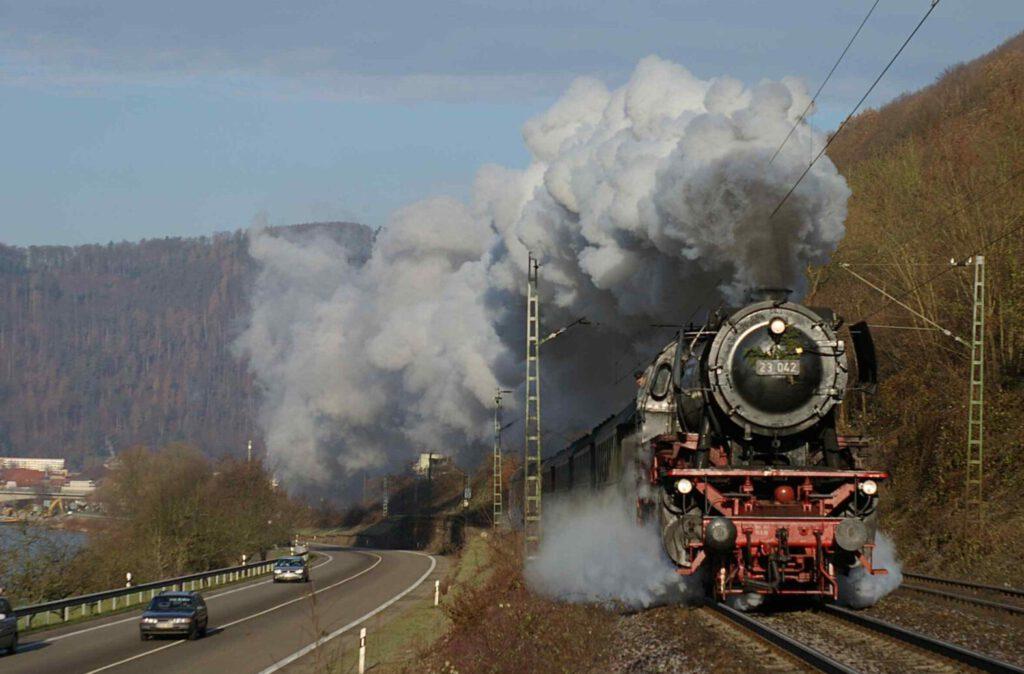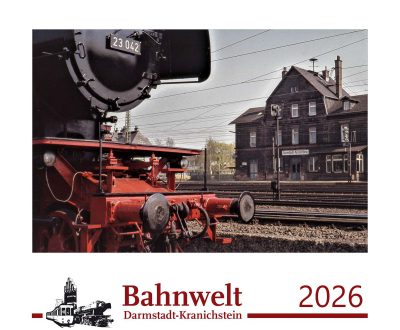Places of interest in the surroundings
Places of interest in the surroundings
Combine your visit with the many points of interest and attractions in Darmstadt and the region. Discover the Rhine-Main region in detail.
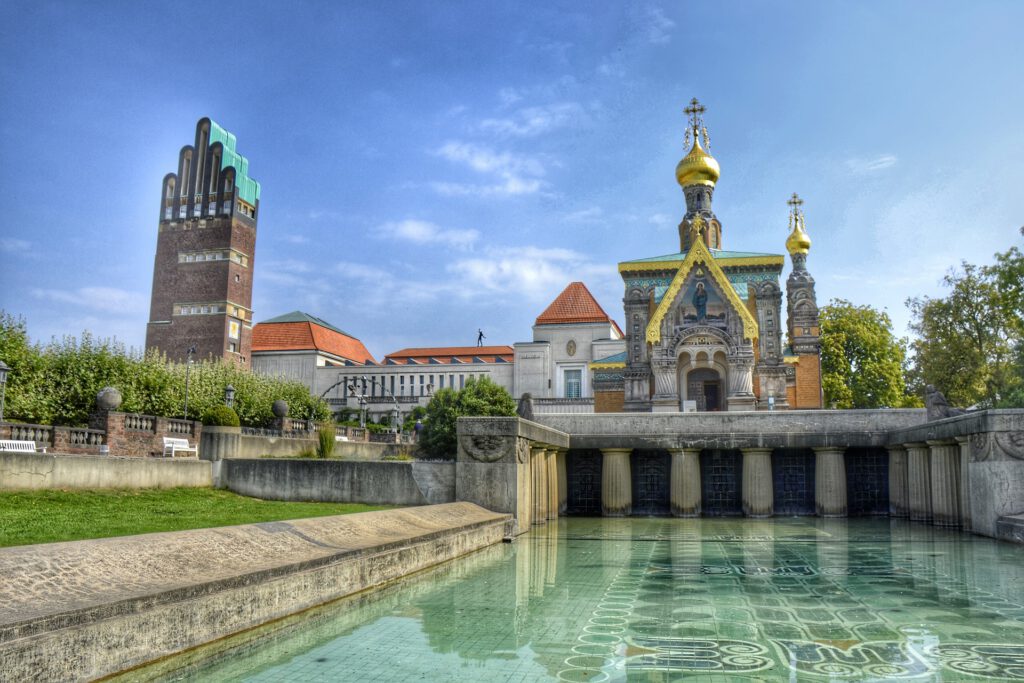
Experience Darmstadt
City of science or cultural centre? Darmstadt is both. Darmstadt combines spirit and research, artistry and innovative strength, like any other city. Darmstadt still has its charm of a residential city – and is at the same time a city of modern spirit and a experimental field for culture in the midst of a research landscape.
Whether the artists’ colony Mathildenhöhe with its famous Wedding Tower, built in Art Nouveau, a UNESCO World Heritage Site, the Hundertwasser House “Waldspirale” or the Park Rosenhöhe – Darmstadt has a lot to offer, especially for enthusiasts of art, culture or nature!
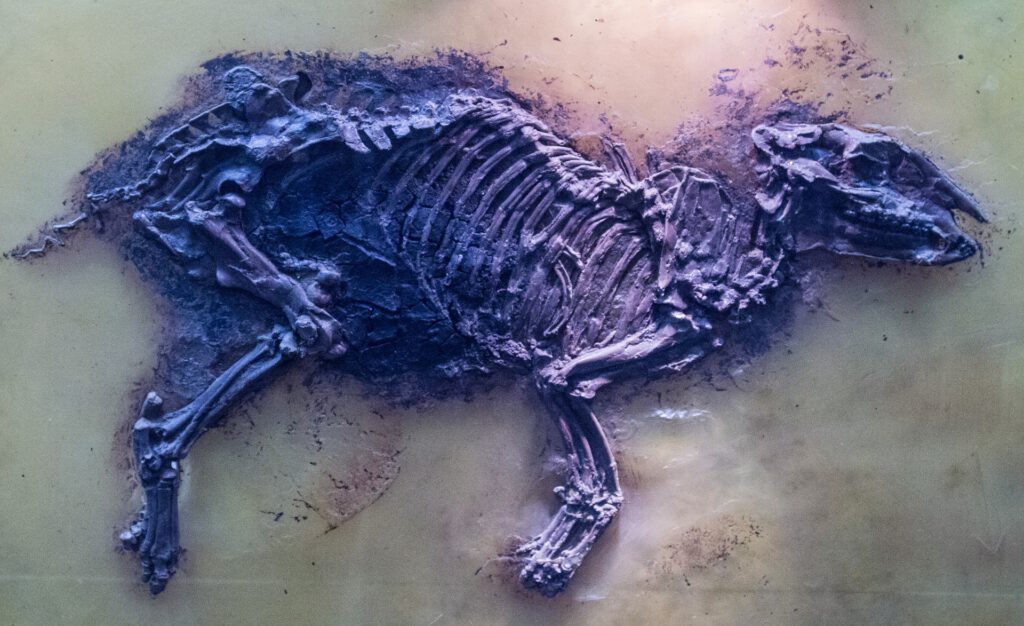
UNESCO-World Heritage Site Grube Messel
The Grube Messel fossil deposit is located in the immediate vicinity of the Bahnwelt. In 1995, it was the first German natural monument to be inscribed on the UNESCO-World Heritage List. It provides unique information about the early evolution of mammals and records the history of the development of the earth 48 million years ago, when explosive changes determined the fauna and flora after the age of the dinosaurs.
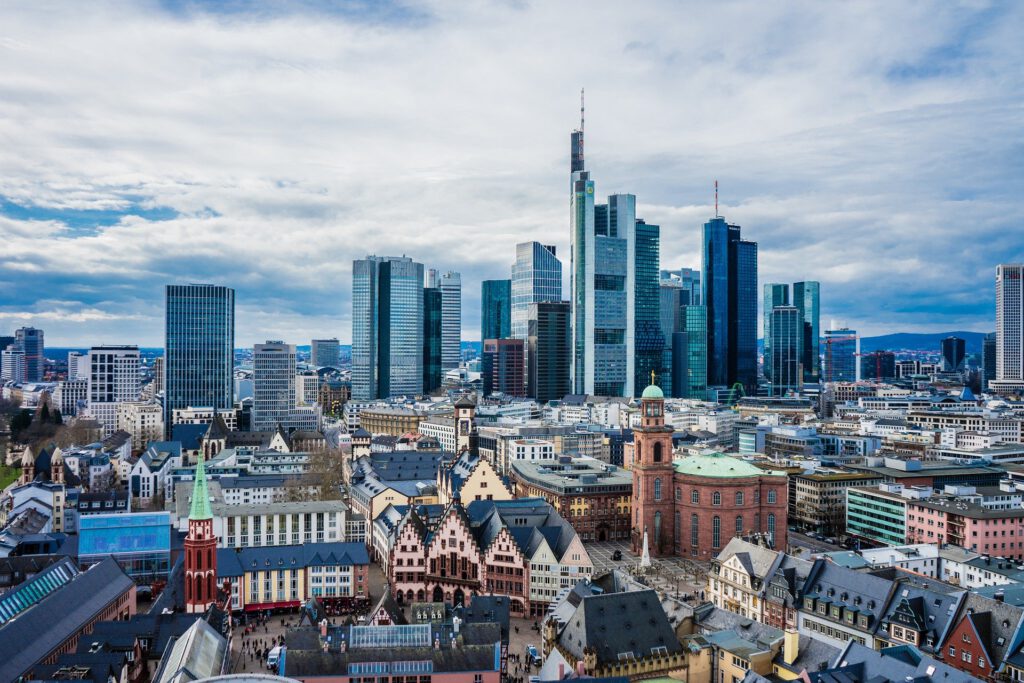
Rhine-Main Metropolitan Area
Located in the heart of Hessen, “FrankfurtRhineMain” is a region of superlatives: the largest city with the tallest houses is surrounded by an extraordinary green belt that takes up a good third of Frankfurt and is part of the RhineMain Regional Park. Between Darmstadt, Wiesbaden and Hanau you’ll find a paradise for hikers and cyclists, as the region holds a network of trails summing up to 550 kilometres.
https://www.hessen-tourismus.de/de/regionen/frankfurtrheinmain
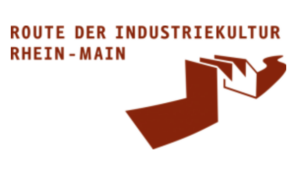
Logo © KulturRegion FrankfurtRheinMain gGmbH
Route of Industrial Culture Rhine-Main
Some 1,000 sites of local and national importance make up the Rhine-Main Industrial Heritage Route, which also includes the Bahnwelt Darmstadt-Kranichstein. Coming from ports/industrial facilities to bridges, railway stations, sewage treatment plants, workers’ housing estates and technology parks – the route brings back into public interest the living testimonies of the region’s manufacturing industry. The annual “Days of Industrial Culture” are a permanently fixed in the regional calendar of events. During these days these places of industrial culture open for visitors. The Route of Industrial Culture focuses on the economic, social, technical, architectural and urban development of industrial culture – in the past, present and future.

